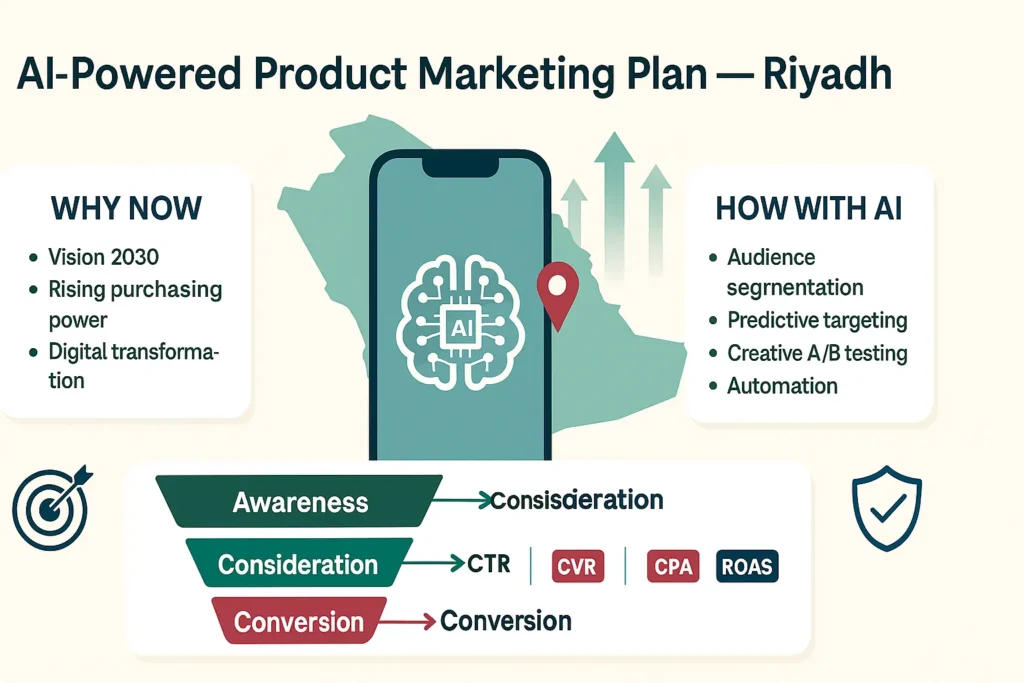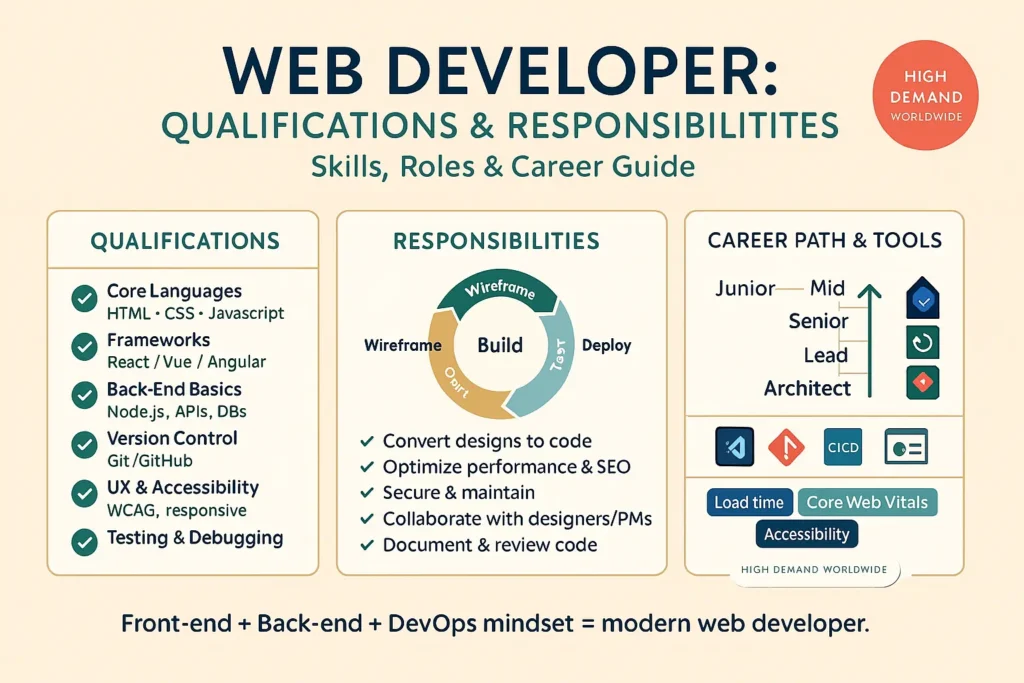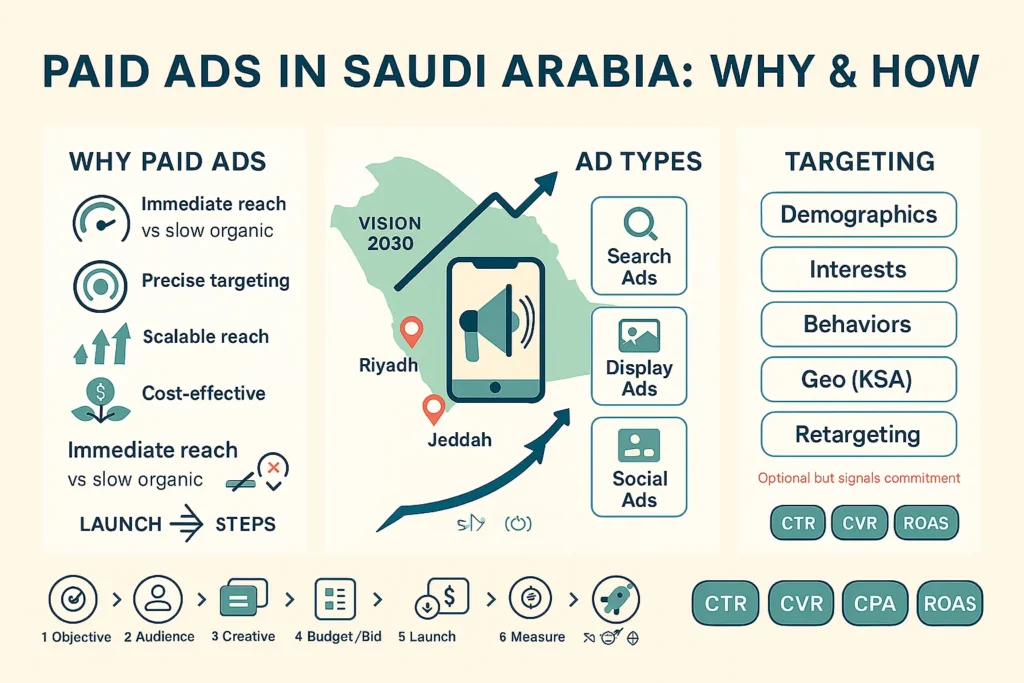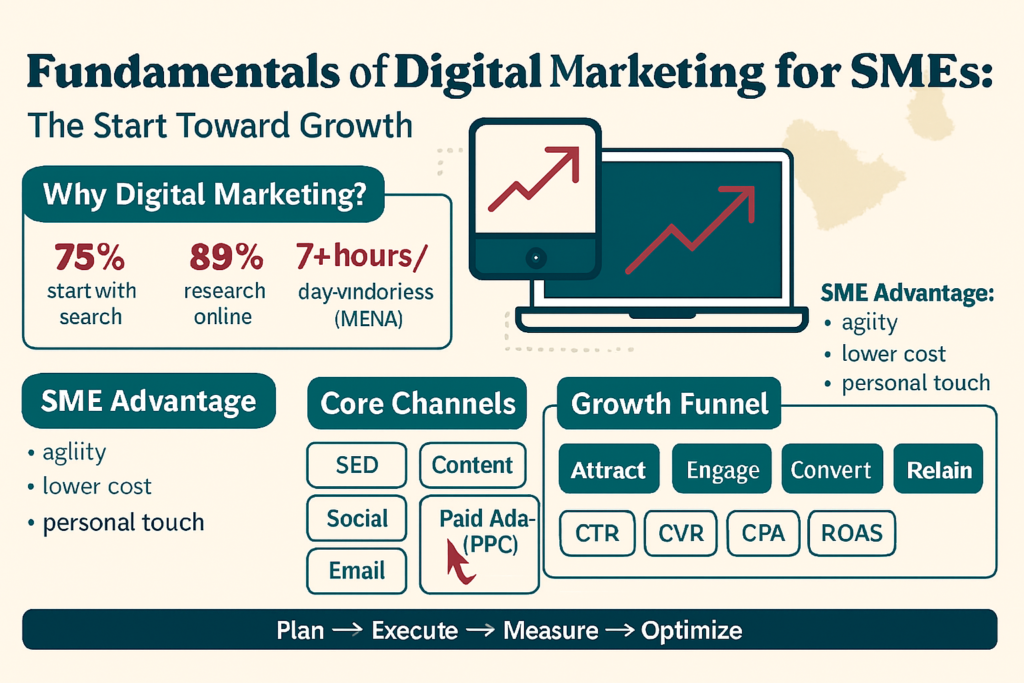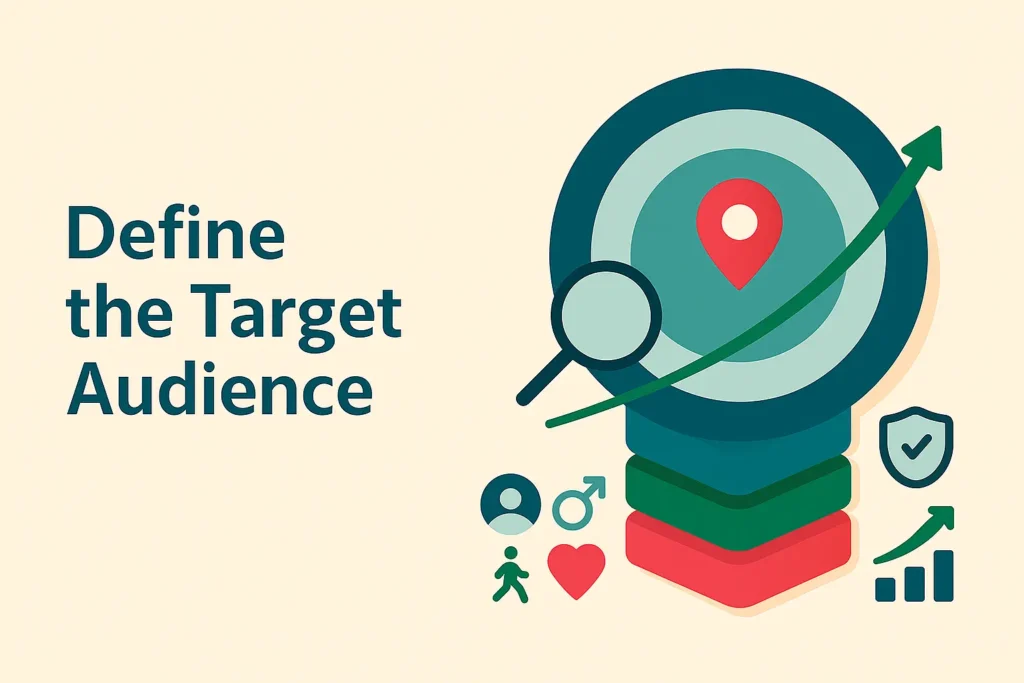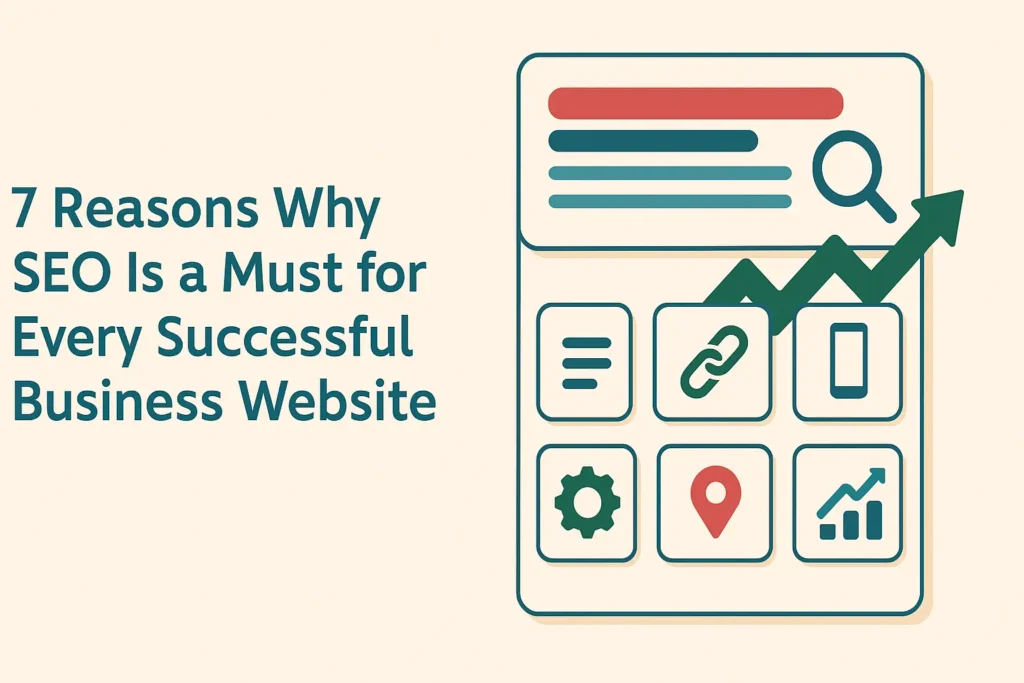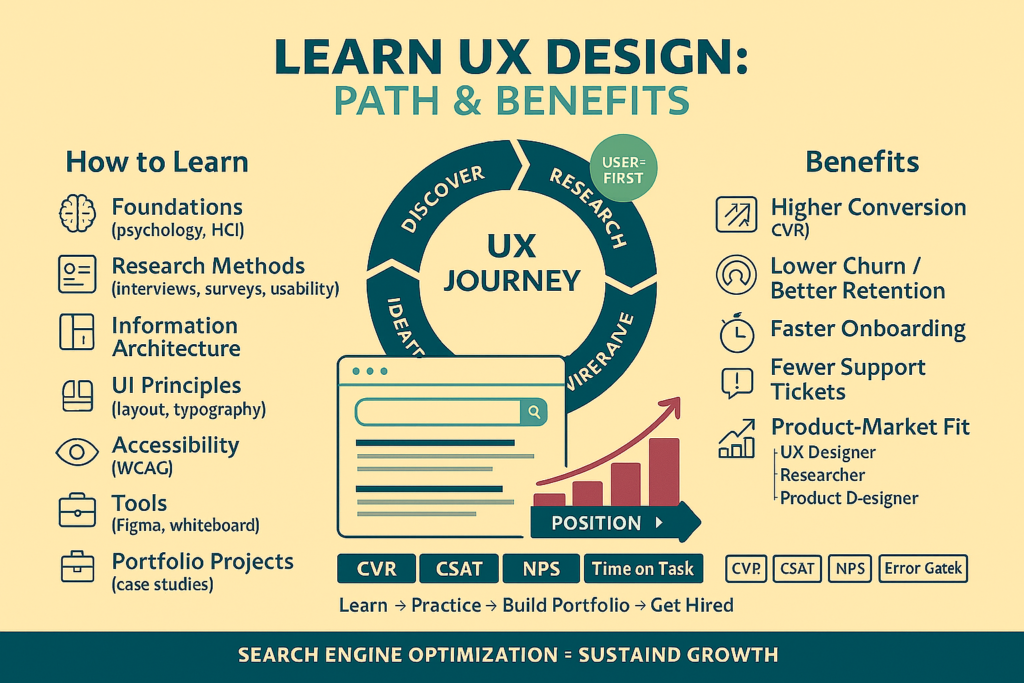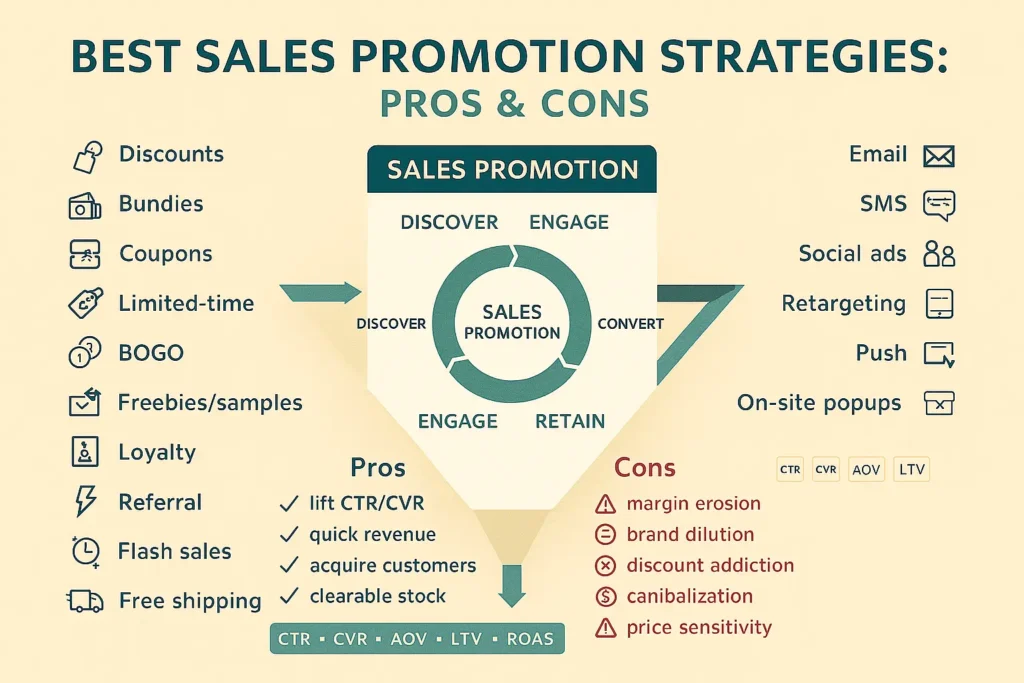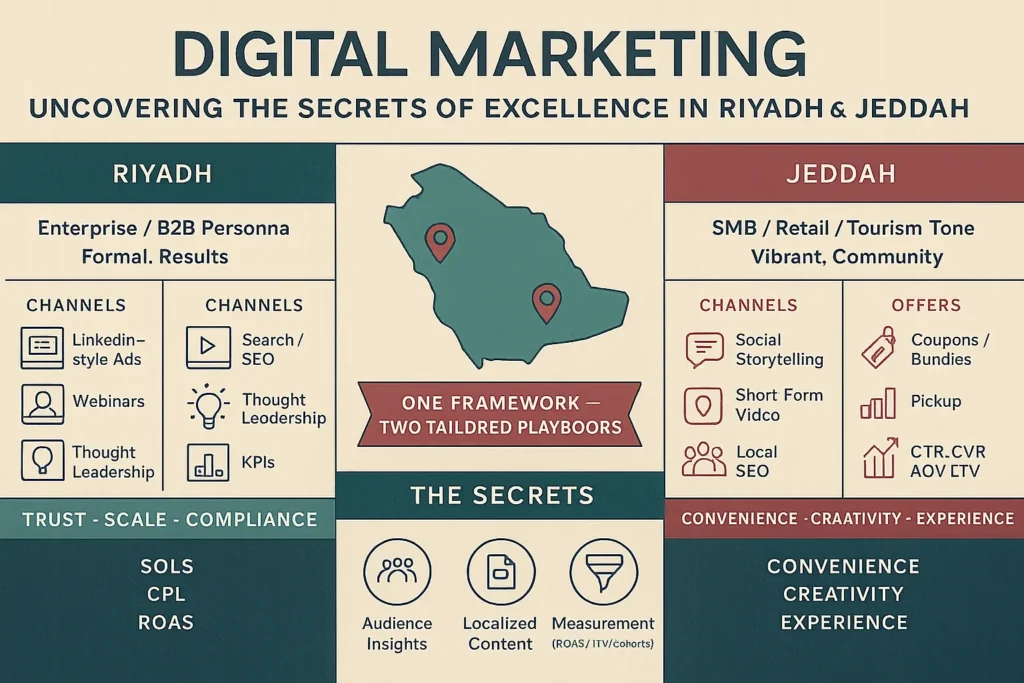
Media Buying vs Traditional Advertising: How AI is Revolutionizing the Saudi Market
Media Buying: The Digital Transformation Wave in Saudi Arabia
You’re witnessing a remarkable transformation in Saudi Arabia’s advertising ecosystem. As the Kingdom advances toward Vision 2030, you’re seeing artificial intelligence revolutionize how businesses connect with consumers, moving far beyond traditional advertising methods that dominated the market for decades. This shift represents more than just technological advancement—it’s a fundamental reimagining of how you can reach and engage your target audience.
The economic significance of this transformation cannot be overstated. You’re operating in a market where the advertising sector is projected to reach unprecedented growth levels, with retention rates expected to increase from 13% to 48% by 2030. This means more advertising spending will remain within the Kingdom, creating opportunities for local businesses and international players alike to capitalize on sophisticated, AI-driven marketing strategies.
Your understanding of this evolution is crucial because you’re not just adapting to new tools—you’re participating in a complete paradigm shift that positions Saudi Arabia as a regional leader in advertising technology. The integration of AI into your advertising strategies isn’t just about staying competitive; it’s about leveraging cutting-edge technology to deliver personalized, data-driven campaigns that resonate with Saudi consumers in ways traditional methods never could.
Understanding Traditional Advertising in the Saudi Context
Traditional advertising in Saudi Arabia has been built on the foundations of print media, radio, and television for generations. You’ve likely experienced the dominance of these channels, where businesses invested heavily in broad-reach campaigns hoping to capture consumer attention through repetitive messaging across mass media platforms.
Cultural preferences and media consumption habits have shaped the characteristics of traditional advertising methods in the Kingdom. You’ve seen how newspapers, magazines, and television commercials have formed the backbone of marketing strategies, with businesses allocating substantial portions of their budgets to secure prime-time slots or premium print placements.
Your traditional advertising experience has probably involved working with fixed schedules, predetermined content, and limited ability to modify campaigns once they’re launched. The budget allocation patterns typically favored long-term commitments to media placements, often requiring you to commit to advertising schedules months in advance without the flexibility to adjust based on real-time performance data.
However, you’ve also encountered the inherent limitations of these approaches when trying to reach modern Saudi consumers. The rise of digital consumption, mobile-first behaviors, and personalized content expectations has created gaps that traditional advertising struggles to fill. Your ability to measure precise ROI, track consumer engagement, or adjust messaging in real-time has been significantly constrained by the static nature of traditional media.
Cultural and regulatory considerations have added another layer of complexity to your traditional advertising efforts. You’ve needed to navigate content guidelines, cultural sensitivities, and regulatory requirements while working within the rigid frameworks of traditional media channels, often limiting your creative flexibility and campaign optimization potential.
The Evolution of Media Buying in Saudi Arabia
Media buying represents a more strategic approach to advertising placement that you’ve likely encountered as digital platforms gained prominence. Unlike traditional advertising’s broad-brush approach, media buying focuses on purchasing specific advertising inventory across various channels to maximize your campaign’s effectiveness and efficiency.
The core principles of media buying revolve around strategic placement, audience targeting, and performance optimization. You’re working with a system that allows you to negotiate rates, select specific time slots or placement positions, and make data-informed decisions about where your advertising budget will generate the highest returns.
Traditional media buying processes in Saudi Arabia have historically involved manual negotiations with media outlets, requiring you to work through lengthy approval processes and fixed-rate structures. You’ve experienced the challenges of coordinating multiple media partnerships, managing different contract terms, and attempting to maintain consistent messaging across various platforms without integrated management systems.
The role of media agencies and buying units in the Kingdom has evolved significantly. You’ve seen how these organizations have transitioned from simple media placement services to strategic partners who help you navigate complex media landscapes, negotiate better rates, and coordinate multi-platform campaigns that traditional advertising approaches couldn’t effectively manage.
“Media buying differs from traditional advertising by focusing on strategic placement and performance optimization rather than broad-reach messaging.”
Cost structures in conventional media buying have operated on negotiated rates, bulk purchasing agreements, and performance-based pricing models. You’ve worked within systems where your buying power and relationship strength with media outlets directly influenced your ability to secure premium placements and favorable rates.
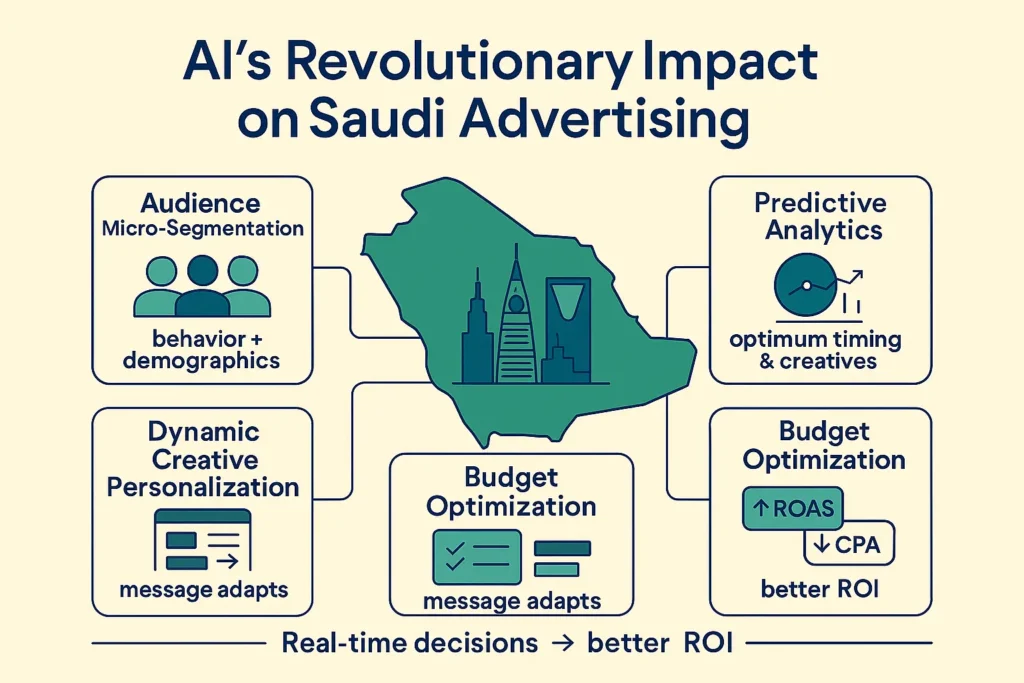
AI’s Revolutionary Impact on Saudi Advertising
Artificial intelligence has fundamentally transformed how you approach advertising in Saudi Arabia. You’re now working with technologies that can analyze consumer behavior patterns, predict purchasing decisions, and optimize campaign performance in real-time—capabilities that were impossible with traditional methods.
Machine learning applications in audience targeting and segmentation have revolutionized your ability to reach specific consumer groups. You can now identify micro-segments within your target audience based on behavioral data, consumption patterns, and demographic characteristics, allowing you to create highly personalized campaigns that resonate with specific consumer needs and preferences.
Predictive analytics has become a powerful tool for campaign optimization. You’re able to forecast campaign performance, identify optimal timing for ad delivery, and predict which creative elements will generate the highest engagement rates. This capability allows you to allocate your budget more effectively and adjust strategies before performance issues impact your ROI.
Real-time bidding and programmatic advertising adoption in Saudi Arabia have transformed your media buying experience. You’re now participating in automated auctions where AI algorithms bid on advertising inventory milliseconds before content loads, ensuring you’re purchasing the most relevant placements at optimal prices for your specific campaign objectives.
AI-powered content creation and personalization strategies have enhanced your ability to deliver relevant messaging. You can now generate multiple creative variations, test different messaging approaches, and automatically adjust content based on audience response patterns, creating more engaging and effective advertising experiences.
Head-to-Head Comparison: Traditional vs AI-Driven Approaches
| Aspect | Traditional Advertising | AI-Driven Media Buying
|
|---|---|---|
| Targeting Precision | Broad demographic groups | Micro-segmented audiences |
| Campaign Adjustment | Fixed after launch | Real-time optimization |
| Cost Efficiency | Negotiated fixed rates | Dynamic pricing optimization |
| Performance Measurement | Post-campaign analysis | Real-time analytics |
| Creative Flexibility | Static content | Dynamic personalization |
Your targeting precision has dramatically improved with AI-driven approaches. While traditional advertising required you to target broad demographic categories, AI enables you to reach specific individuals based on their actual behavior, interests, and purchasing patterns. This precision translates into higher conversion rates and more efficient budget utilization.
The speed of campaign deployment and adjustment represents another significant advantage you’ll experience. Traditional campaigns required weeks or months of planning and couldn’t be modified once launched. AI-driven campaigns can be deployed within hours and continuously optimized based on performance data, allowing you to respond quickly to market changes or emerging opportunities.
Cost efficiency and budget optimization capabilities have been revolutionized through AI integration. You’re no longer limited to fixed-rate negotiations but can leverage dynamic pricing models that adjust based on demand, performance, and competition. This flexibility allows you to maximize your advertising budget’s impact while maintaining campaign effectiveness.
Measurement and analytics capabilities provide you with unprecedented insights into campaign performance. Instead of waiting for post-campaign reports, you receive real-time data about engagement rates, conversion metrics, and ROI indicators, enabling you to make informed decisions about budget allocation and strategy adjustments.
Saudi Market Dynamics and Unique Opportunities
The demographics driving AI adoption in Saudi advertising present unique opportunities for your business. You’re operating in a market where over 60% of the population is under 35, creating a tech-savvy consumer base that expects personalized, relevant advertising experiences delivered through digital channels.
Mobile-first consumer behavior and digital consumption patterns in Saudi Arabia have created an environment where AI-driven advertising can thrive. You’re reaching consumers who spend significant time on smartphones, engage with social media platforms, and expect seamless integration between their digital and physical shopping experiences.
Integration opportunities with mega-projects like NEOM and Qiddiya offer you unprecedented possibilities for innovative advertising campaigns. These developments are creating new spaces for digital out-of-home advertising, immersive brand experiences, and technology-integrated marketing initiatives that leverage AI capabilities.
The retail media growth in Saudi Arabia, valued at approximately SAR 98 billion, provides you with extensive opportunities for in-store advertising innovations. You can now implement AI-driven systems that deliver personalized promotions to shoppers based on their location, purchase history, and behavioral patterns, creating more relevant and effective advertising experiences.
Local talent development and capacity building initiatives support your AI adoption efforts. The Kingdom’s investment in technical education and digital skills development ensures you have access to qualified professionals who can implement and manage AI-driven advertising campaigns effectively.
Real-World Applications and Success Stories
Your implementation of AI-driven campaigns in Saudi Arabia’s retail sector can draw inspiration from successful partnerships between technology providers and major retailers. These collaborations have demonstrated how AI can enhance the shopping experience while delivering measurable results for advertisers.
Digital out-of-home advertising transformation represents one of the most visible applications of AI in Saudi advertising. You can now deploy dynamic content that adjusts based on time of day, weather conditions, traffic patterns, and audience demographics, creating more relevant and engaging outdoor advertising experiences.
Social media and influencer marketing automation have streamlined your ability to manage complex campaigns across multiple platforms. AI tools can identify optimal influencer partnerships, predict campaign performance, and automatically adjust content distribution based on engagement patterns and audience response.
Cross-platform campaign integration examples demonstrate how you can create cohesive advertising experiences that span digital and physical touchpoints. By leveraging AI to coordinate messaging across mobile apps, websites, in-store displays, and outdoor advertising, you can create seamless customer journeys that drive higher conversion rates.
Measurable outcomes from AI-driven campaigns consistently show improved performance metrics. You can expect to see higher click-through rates, better conversion rates, lower customer acquisition costs, and increased return on advertising spend when compared to traditional advertising approaches.
Keep reading and uncover secrets that can change the way you work. Media Buying: A Complete Guide
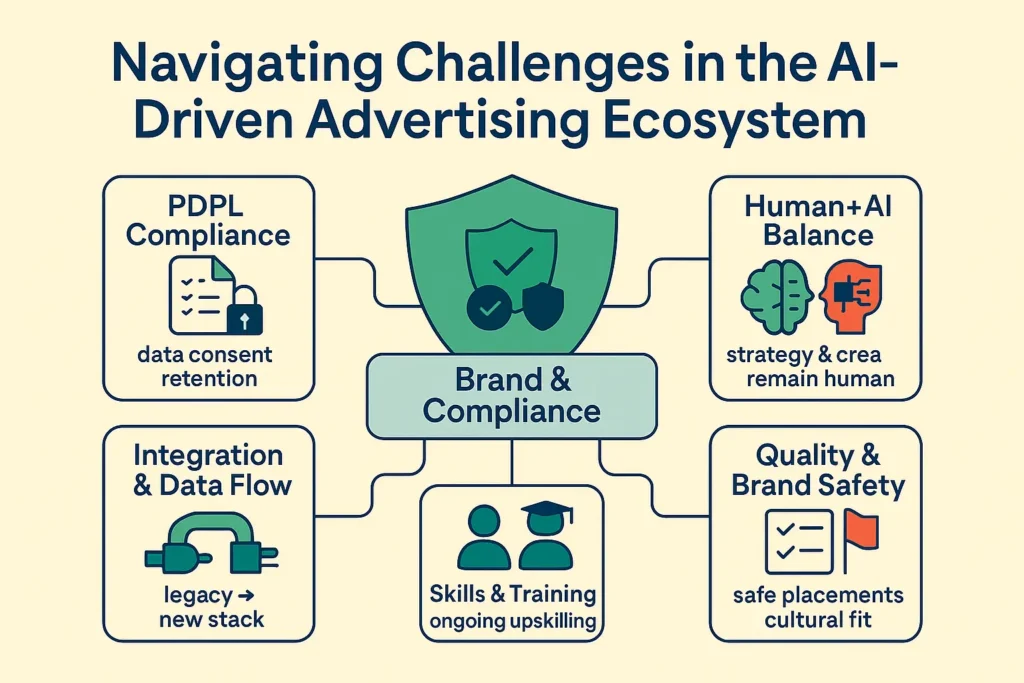
Navigating Challenges in the AI-Driven Advertising Ecosystem
Data privacy and PDPL compliance requirements represent your primary challenge when implementing AI-driven advertising. You must ensure that your data collection and processing practices align with Saudi Arabia’s Personal Data Protection Law while maintaining the personalization capabilities that make AI advertising effective.
Balancing automation with human creativity requires careful consideration of where AI adds value and where human insight remains essential. You’ll need to develop workflows that leverage AI for data analysis and optimization while preserving human creativity for strategic thinking, creative development, and brand storytelling.
Integration challenges with existing marketing infrastructure may require you to invest in new technologies and training. Your transition to AI-driven advertising often involves updating legacy systems, implementing new software platforms, and ensuring seamless data flow between different marketing tools and platforms.
Skills gap and workforce development needs will require ongoing investment in training and talent acquisition. You’ll need team members who understand both traditional marketing principles and AI technologies. Creating a need for professional development programs and strategic hiring initiatives.
Quality control and brand safety considerations become more complex in AI-driven environments. You’ll need to implement safeguards that ensure your automated campaigns maintain brand consistency and avoid inappropriate content placements. And deliver messaging that aligns with your brand values and Saudi cultural norms.
Keep reading and uncover secrets that can change the way you work. How AI-Driven Instagram Ads Help Businesses in Riyadh and Jeddah Achieve Real Growth
Future Trends Shaping Saudi Arabia’s Advertising Industry
Omnichannel advertising strategies and seamless customer journeys represent the next evolution in Saudi advertising. You’ll be working with integrated systems that coordinate messaging across all touchpoints. Creating cohesive experiences that guide consumers from initial awareness through purchase and beyond.
Advanced AI capabilities and machine learning evolution will continue expanding your advertising possibilities. You can expect to see more sophisticated predictive models and enhanced personalization capabilities. And automated creative generation tools that further improve campaign effectiveness and efficiency.
Voice and visual search optimization will become increasingly important as consumers adopt new ways of discovering products and services. You’ll need to optimize your advertising content for voice queries and visual search technologies. Ensuring your brand remains discoverable across emerging search methods.
Augmented reality and immersive advertising experiences will create new opportunities for engagement. You’ll be able to create virtual try-on experiences and interactive product demonstrations. And location-based AR campaigns that provide consumers with engaging ways to interact with your brand.
Sustainability and ethical advertising practices will become more prominent considerations. You’ll need to balance AI-driven efficiency with responsible advertising practices that respect consumer privacy. Promote authentic brand messaging and contribute positively to Saudi society’s development goals.
Keep reading and uncover secrets that can change the way you work. 5 Benefits That Make Google Ads the First Investment in Your Business
Strategic Recommendations for Saudi Businesses
Your transition from traditional to AI-driven advertising should begin with a comprehensive assessment of your current marketing infrastructure and objectives. Start by identifying specific areas where AI can address existing challenges or improve performance. Such as audience targeting, campaign optimization, or performance measurement.
Building internal capabilities and partnerships requires a strategic approach to skill development and vendor selection. You should invest in training your existing team members while establishing relationships with technology providers who understand the Saudi market and can provide ongoing support for your AI implementation.
Investment priorities and budget allocation strategies should focus on areas with the highest potential return on investment. Consider starting with pilot programs in specific channels or campaigns before scaling AI implementation across your entire advertising portfolio.
Measuring success and optimizing performance requires establishing clear metrics and monitoring systems. You should define key performance indicators that align with your business objectives and implement tracking systems that provide real-time insights into campaign effectiveness.
Preparing for future technological developments involves staying informed about emerging trends and maintaining flexibility in your technology infrastructure. You should work with partners who can help you adapt to new AI capabilities and integrate emerging technologies into your advertising strategies.
Turn your goals into real achievements with our tailored services – request the service now.
Frequently Asked Questions
What are the main differences between traditional advertising and AI-driven media buying?
Traditional advertising relies on broad demographic targeting and fixed content delivery. AI-driven media buying uses real-time data analysis to target specific individuals with personalized content. AI systems can adjust campaigns automatically based on performance data. While traditional methods require manual intervention and often cannot be modified after launch.
How can Saudi businesses start implementing AI in their advertising strategies?
You should begin by identifying specific challenges in your current advertising approach that AI can address. Start with pilot programs in areas like audience targeting or campaign optimization, and work with experienced AI advertising partners. And invest in training your team to understand and manage AI-driven campaigns effectively.
What are the cost implications of switching to AI-driven advertising?
Initial implementation costs may include software licensing, training, and system integration expenses. However, AI-driven advertising typically delivers better ROI through improved targeting efficiency, reduced waste, and optimized budget allocation. Most businesses see cost savings within 6-12 months of implementation.
How does AI advertising comply with Saudi data protection regulations?
AI advertising systems can be designed to comply with PDPL requirements by using anonymized data. Obtaining proper consent and implementing data security measures. Many AI platforms use Ad IDs rather than personal information, ensuring privacy protection while maintaining campaign effectiveness.
What skills should marketing teams develop for AI-driven advertising?
Your team should develop skills in data analysis, campaign optimization, AI tool management, and performance interpretation. Training in programmatic advertising, media buying platforms, and data visualization tools will also be valuable for managing AI-driven campaigns effectively.
Which industries in Saudi Arabia benefit most from AI advertising adoption?
Retail, e-commerce, financial services, healthcare, and real estate sectors show the highest potential for AI advertising benefits. However, any industry targeting Saudi consumers can benefit from AI’s improved targeting capabilities and performance optimization features.
Embracing the Future of Advertising Excellence in Saudi Arabia
Your journey toward AI-driven advertising represents more than a technological upgrade. It’s your pathway to participating in Saudi Arabia’s transformation into a regional leader in digital marketing innovation. The competitive advantages you’ll gain through early AI adoption will position your business at the forefront of the Kingdom’s evolving advertising landscape.
The integration of AI into your advertising strategies directly supports Vision 2030. Objectives include contributing to economic diversification and technological advancement. And local capacity building. You’re not just improving your marketing effectiveness; you’re participating in the Kingdom’s broader transformation into a knowledge-based economy.
Your commitment to embracing AI-driven media buying and advertising technologies will ensure you remain competitive in an increasingly sophisticated marketplace. The tools and strategies available to you today provide unprecedented opportunities to connect with Saudi consumers in a meaningful way. Personalized ways that drive business growth and brand loyalty.
The time for transformation is now. Your success in tomorrow’s advertising landscape depends on the decisions you make today about adopting AI-driven technologies and strategies. By embracing this revolution, you’re positioning your business to thrive in Saudi Arabia’s dynamic and rapidly evolving advertising ecosystem.
